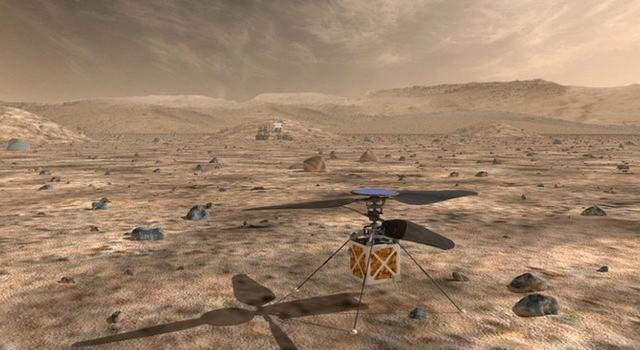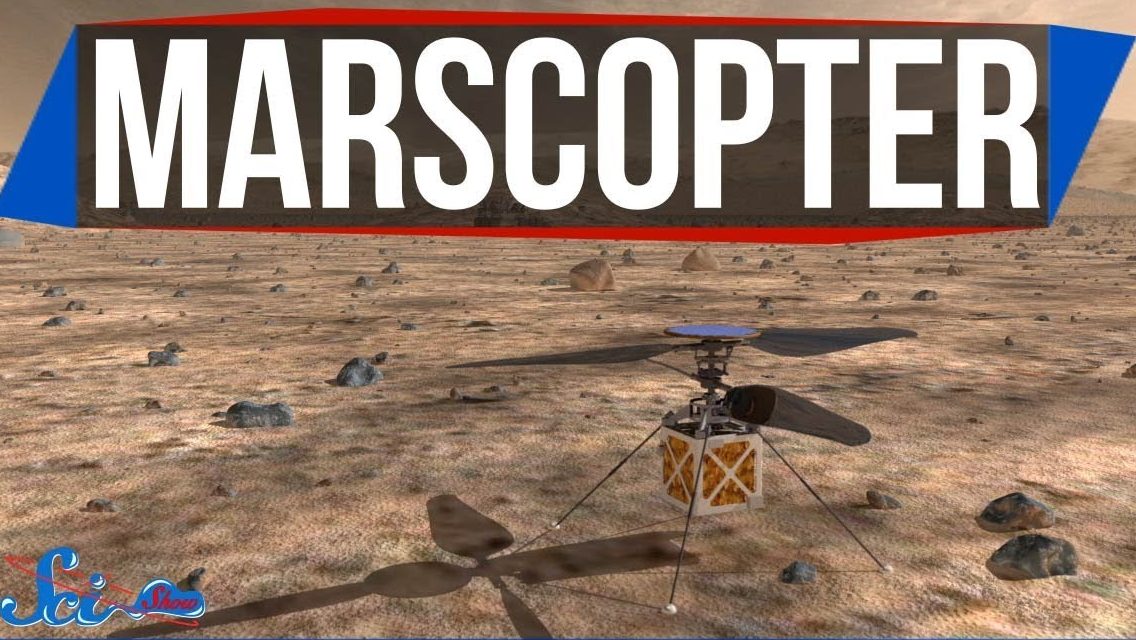NASA wants to fly a helicopter on Mars
NASA has just recently announced that a small helicopter belonging to the organization will be a part of the space agency’s 2020 mission. The mission mentioned here is the one where the space agency is planning to send a next-gen rover to the red planet. NASA could be setting a huge milestone in the history of the world as this small rotorcraft would be the first time such an aircraft flew on anywhere else but the Earth.
Also Read: 2020 NASA Mars Rover To Hunt For Alien Life On The Red Planet
If you are thinking that this isn’t a big deal, think again. There may be a very large community of “Do It Yourself” UAV enthusiasts but one must understand that the atmosphere on Mars is very different from the atmosphere of earth. The usual physical variables that we make our calculations on at Earth are actually flawed when implemented on Mars’ atmosphere. This tiny UAV however, is a remote-controlled rotorcraft that is specially designed to fly in Mars’ atmosphere.
The UAV is built upon the twin counter-rotating blades architecture, its fuselage is just a few inches and the whole package weighs about four pounds. According to NASA, the UAV’s blade will spin at about 3,000 RPM, about 10 times more than the rate employed on Earth.

NASA stated that this rotorcraft will be attached to the rover when the car-sized vehicle lands on Mars. On command, the rover will place the rotorcraft on the surface and will back away to a safe distance. Then the rover will operate as a relay node to send the commands coming from the Earth to the rotorcraft. NASA also added that the UAV will initiate its first autonomous flight once its batteries are charged and all the tests are conducted.
The tests, according to NASA, will be conducted over a duration of 30 days and will include about five test flights. These test flights involve starting with just enough lift to get to an altitude of 10 feet and hover for 30 seconds. As the tests progress forward, the final one will involve the UAV covering a distance of a few hundred yards and a flight time of about 90 seconds.
NASA also reported that the rotorcraft is equipped with solar cells that will charge the lithium-ion batteries that power the UAV. The rotorcraft is also equipped with a heating mechanism to keep the UAV warm during harsh nights.


